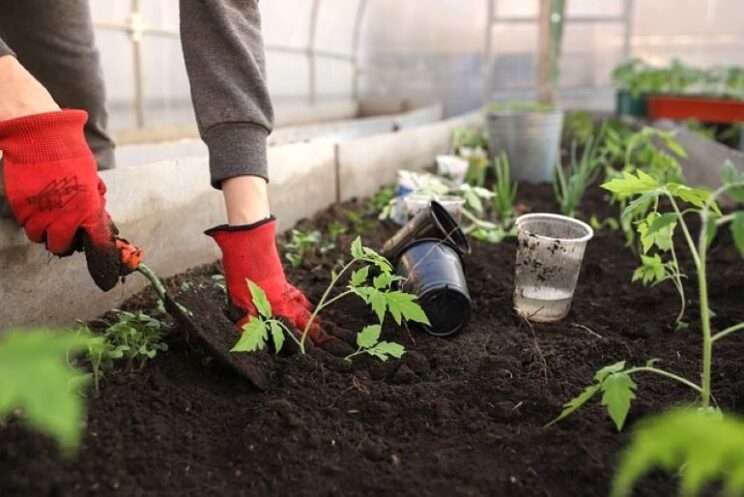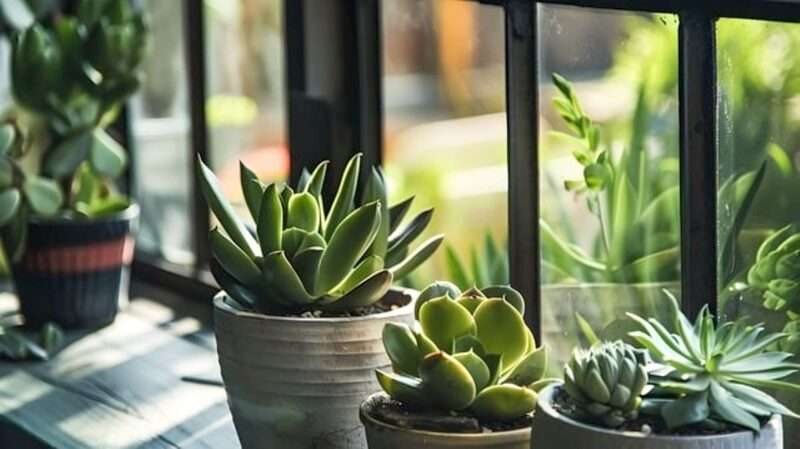When settling into a new home, a garden can bring life and beauty to your outdoor space. However, it’s essential to research your new home’s environment before planting to ensure that your efforts yield a thriving garden. Various environmental factors, such as climate, soil type, and sunlight exposure, play a significant role in plant health. Understanding these can save time, energy, and expense by helping you choose plants that will flourish in their surroundings. Therefore, this knowledge also guides you in preparing the yard for optimal growth, ensuring your plants receive the right conditions. So, some groundwork can transform any landscape into a vibrant, sustainable garden suited to its natural setting.
Know Your USDA Hardiness Zone
Understanding your USDA Hardiness Zone is the first step in creating a garden suited to your new environment. Based on the lowest average winter temperatures, this zone map helps determine which plants can survive in your area throughout the seasons. Knowing your zone gives you a head start on choosing plants that won’t struggle in the climate. If you’re relocating plants from your previous home, check if they’re compatible with the new zone so you can get your plants ready for a move. Many plants may need extra care if the climate is dramatically different, while others may need replacing with species adapted to new temperatures and growing conditions. This basic research saves time, effort, and plant loss in the long run.

Assess Soil Type and Condition
Getting familiar with the soil type in your yard can make a significant difference in plant success. Soil can vary widely, from sandy to clay to loamy, each with its drainage and nutrient-holding characteristics. Testing your soil’s pH and nutrient levels is a simple step that reveals what plants will thrive and what amendments might be helpful. Kits for home testing are readily available, or local agricultural extensions can offer professional insights. Knowing the soil’s condition also helps you decide whether compost or specific fertilizers are needed. With this information, you’ll be equipped to choose plants that are naturally suited to your soil type or make adjustments to give your garden a better chance to flourish.
Observe Sunlight Patterns
Understanding sunlight exposure is key when planning a garden in a new area. Different plants have different light requirements, so observing how the sun moves across your yard throughout the day is valuable. That helps identify areas with full sun, partial, or deep shade. To make the most of your new home’s environment before planting, take note of the following:
1. Full Sun Areas: Spots with six or more hours of direct sunlight are ideal for sun-loving plants like tomatoes or lavender.
2. Partial Shade: Areas that receive around 3-6 hours of sunlight are perfect for plants that need shelter, like ferns and hostas.
3. Full Shade: Shady spots with less than three hours of direct light suit plants like fuchsia and coleus.
Understanding these zones prevents planting errors and helps plants thrive in the best location possible.
Plan for Watering Needs
Watering requirements differ widely across plant species, so knowing the moisture levels your plants will need is important. When researching, consider how often rain falls in your area and any watering restrictions that may apply. This knowledge will help you choose plants that match the available moisture, making it easier to create a perfect garden that’s both sustainable and easy to maintain. Installing rain barrels or choosing drought-tolerant plants can help conserve water while keeping your plants healthy. Adapting your choices to natural rainfall patterns is an efficient way to support long-term garden success.

Consider Local Wildlife
Before choosing plants, take some time to understand the types of wildlife commonly found in your area. Some animals may be drawn to certain plants, while others can cause damage. Anyhow, when taking care of this task, here are a few things to consider:
1. Deer-Resistant Plants: If deer frequently visit, choose plants like lavender or boxwood that deer are less likely to eat.
2. Pollinator-Friendly Options: Support local bees, butterflies, and birds by including coneflowers and milkweed.
3. Pest Management: Identify any invasive pests in the area and plan accordingly with pest-resistant plants.
Awareness of local wildlife can help your garden coexist with nature while protecting plants from unwanted visitors.
Check Local Growing Season When Researching Your New Home’s Environment Before Planting
Knowing the local growing season is important in deciding when and what to plant. Growing seasons can vary based on climate, with some regions having shorter seasons while others allow for year-round gardening. Understanding your area’s frost dates—the last frost in spring and the first in fall—will help plan planting schedules. If the growing season is shorter, focus on fast-growing plants or start seeds indoors to get a head start. Many regions have resources, like local gardening websites or extension services, that offer detailed information about local growing seasons and planting times.
Factor in Wind Exposure, Elevation, Microclimates, and Planting Zones
When selecting plants for your new garden, it’s useful to account for elements like wind exposure, elevation, and any microclimates around your property. Wind can stress plants, especially taller or more delicate species, so consider adding windbreaks or selecting hardy options. Also, it is important to know that higher-elevation gardens may experience cooler temperatures, shortening the growing season. Microclimates, such as areas near walls or under trees, can create pockets of warmth or shade.
Understanding these aspects allows you to choose plant combinations that complement these varying conditions, helping ensure healthier growth. Properly matching plants to their environment promotes long-term garden success.

Start Strong with the Right Knowledge
A beautiful, thriving garden doesn’t just happen by chance. Researching your new home’s environment before planting lays the foundation for success. Every detail, from soil composition to local wildlife, contributes to the health of a garden. The more information you have, the better choices you can make, from picking resilient plants to creating an inviting outdoor space suited to the land’s natural traits. With this understanding, you’ll be prepared to create a garden that complements the environment and your vision. With the right approach, your garden will have the best chance to grow and flourish season after season.
Author’s bio: Alex Taylor is a dedicated content specialist at Van Express Movers NJ, a trusted moving company with over ten years of experience in providing reliable residential and commercial relocation services. With extensive experience in landscaping, Alex offers valuable insights to help people adapt their gardens to new environments. Her practical advice ensures every garden can flourish, regardless of the challenges of different conditions.
Images used:
Featured image:
Red gloves planting small plants
Hands holding a small plant
Wall mounted Plants
